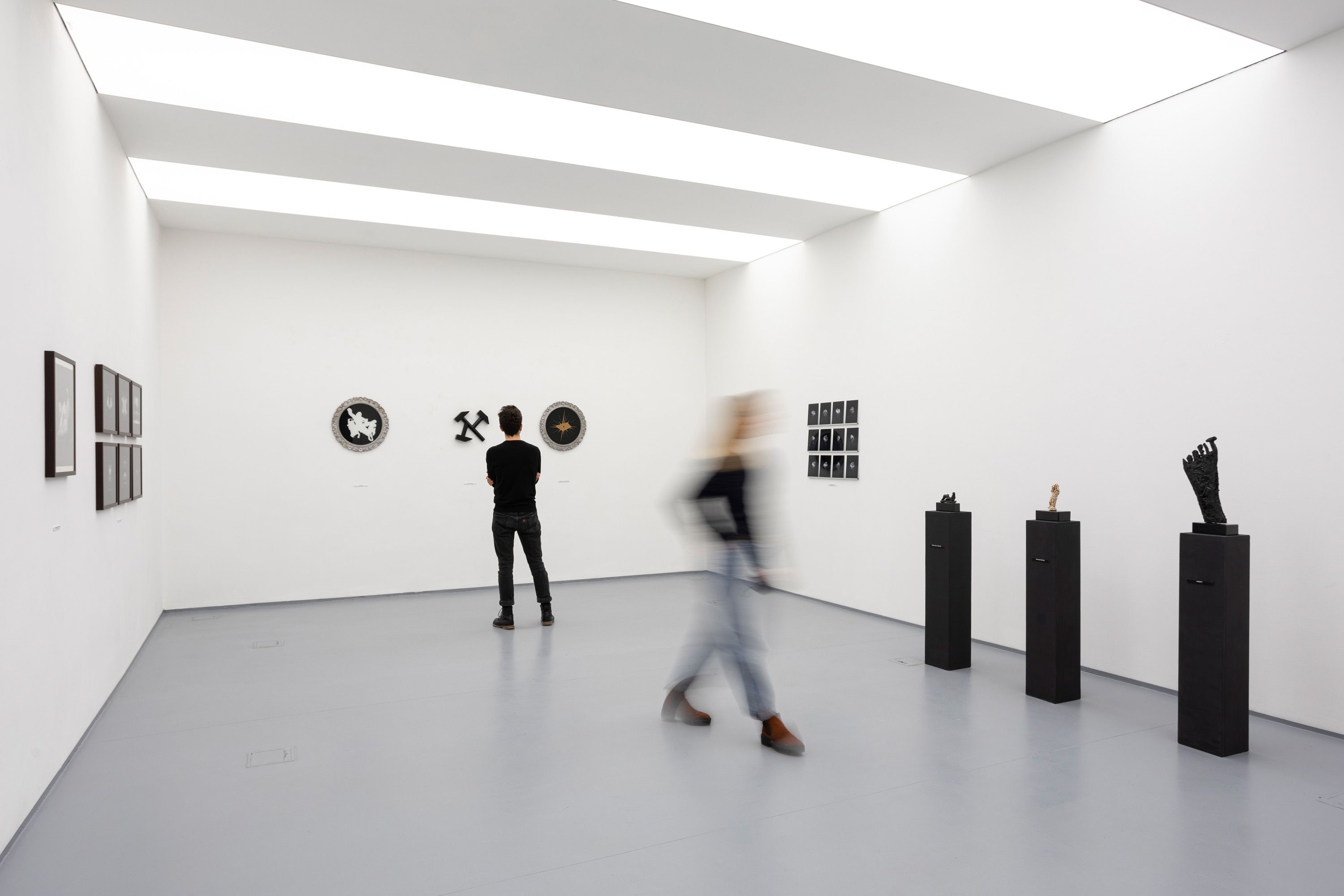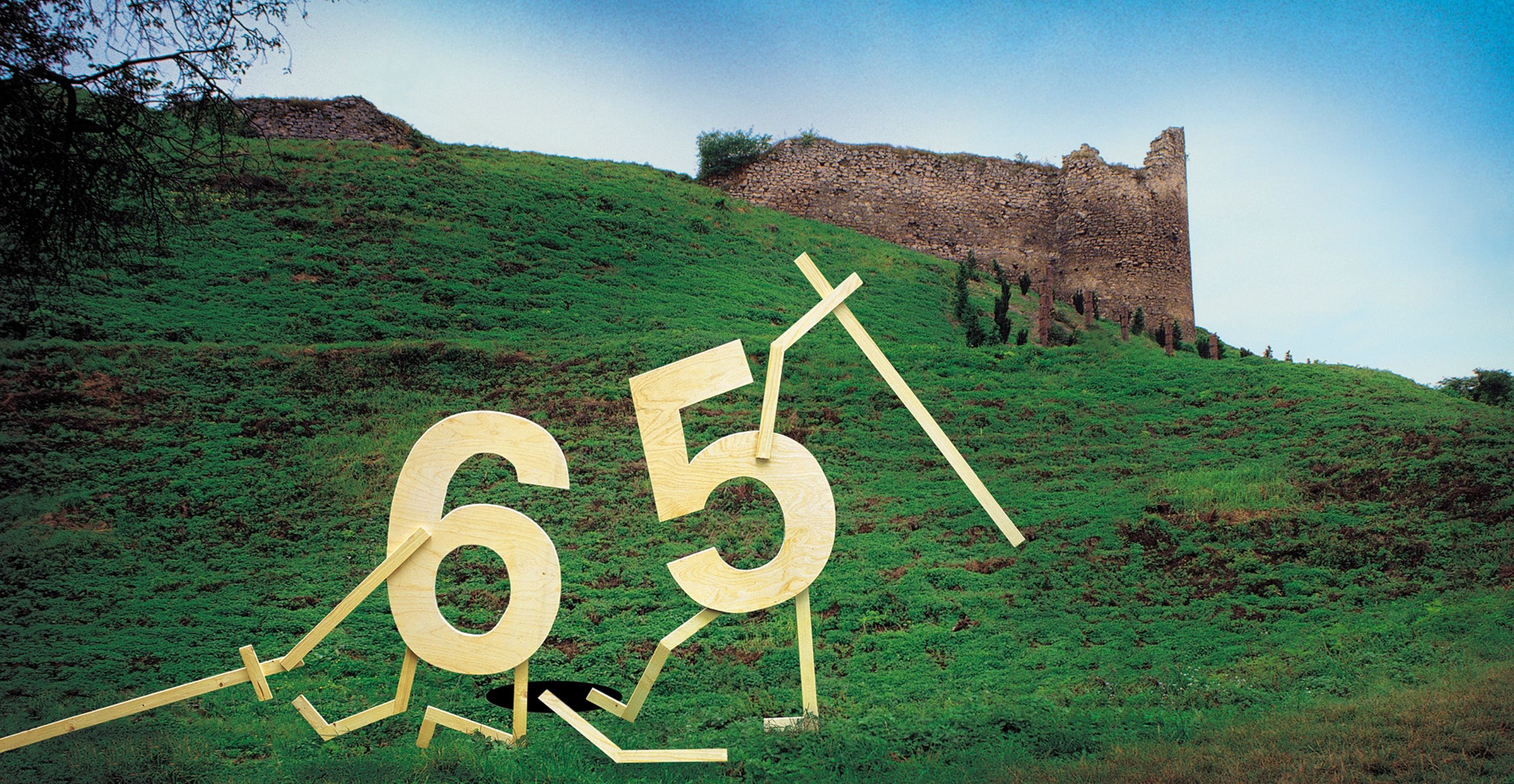Gábor Gerhes
blackmirror.
| Venue: | acb Gallery |
| Date: | Feb 18 – Mar 26, 2021 |
Description
The photographs and objects of Gábor Gerhes (1962, Budapest), which make their debut at the newest solo exhibition of the artist are interconnected in many layers. Every single piece represents the dark, ironic and enigmatic signature style of the artist, while Gerhes just like in the past decades creates a loosely-knit meta-narrative out of the exhibited works.
The exhibition title is already a multilayered game with the notion of the black mirror, which in recent art theory has become one of the central allegories of the monitor-, and display-centric reality experience of the present. The perception of our reality is not separable anymore from the digital image culture which is transmitted through the touchpads of smartphones and displays of portable devices, even if these often manipulative transmissions are more and more opaque. But Gerhes is not only referring to this black mirror with the title of his exhibition, but that one as well, which was used in 18th century English landscape painting. The black concave mirror changed the tonality of the natural colors, making the experience of nature more painterly and picturesque according to the artistic standards of the time. That black mirror was named after French painter Claude Lorrain and is often referred to as the Claude Glass or Lorrain Glass. This depth of the notion of the black mirror explains the use images of nature and the allusions to antique and classical art together with the contemporary reexamination of the role of beauty and the sublime. The exhibition of Gerhes also reflects on the broad social experience of the failure of humanism and the modern human ideal. In connection to this the artworks also refer to the emptiness of the notion work. The slogans of efficiency and output are also dragging broader and broader segments of the society into solitude and uncertainty.
There are numerous glass prints among the new works of Gerhes, which were printed on black glass, so the black mirror actually appears in the exhibition, not only in its title. The works of Gerhes feature a row of digitally manipulated bodies, which beside connecting into the posthuman discourse, also map the sculptural limits of human figures. Gerhes appropriates works of other 20th century artists in his exhibition. The photograph entitled Étant Donnés… redrafts the installation of Duchamp, while he merges and unites compositionally a Picasso and a Duchamp painting in his own, which is part of the complex work entitled Ex Voto. The aluminium statuettes which are organic parts of the Ex Voto piece are sculptural versions of the limbs and torsos featured in the paintings, which on the other hand are inspired by ex voto statues of catholic churches. There are other religious references in the exhibition, obviously in the 12 Wounded Hearts photo series, but also there are outlines of monstrancies in other, more linear works. The exhibition visibly includes numerous allusions from antique art (Laocoon, Hercules, Venus), also embodied in the form of sculptural torsos, the squarely incomplete works of art still were capable to become manifestations of artistic and also beauty ideals.
Gábor Gerhes, an important figure of Hungarian conceptual art is regularly exhibiting his works since 1985. His most recent solo exhibitions include Abstract from 2019, Fészek Galéria, Budapest, The Four Elements from 2017, Csikász Galéria, Veszprém and the 2015 exhibition entitled Meaning from Robert Capa Photography Centre, Budapest together with Marcell Esterházy and Péter Forgách. His latest solo exhibition in acb Gallery was held in 2016, entitled Dilettanten Erhebt Euch Gegen die Kunst. In 2014 his solo exhibition Neue Ordnung in Trafó Gallery, Budapest was awarded The Exhibition of the Year-prize of Hungarian Section of AICA. His works are featured in numerous Hungarian public art collections, such as Ludwig Museum, Budapest, Hungarian National Gallery, Museum of Fine Arts, Budapest, MODEM, Debrecen, Hungarian Photography Museum, Kecskemét and the King St. Stephen Museum, Székesfehérvár among others. His works are also part of the H. Ringier Collection, Switzerland and Stiftung DZ Bank AG – Frankfurt am Main.

